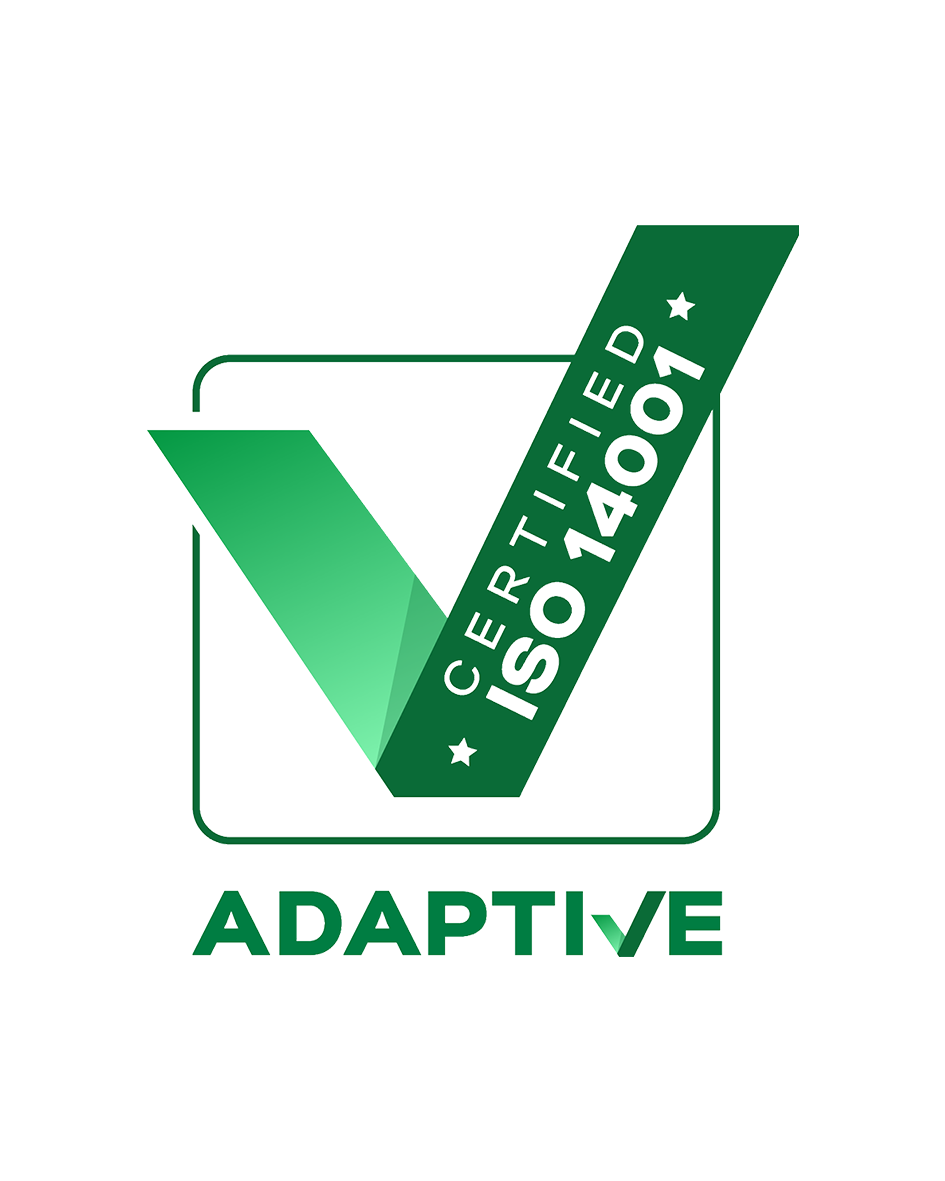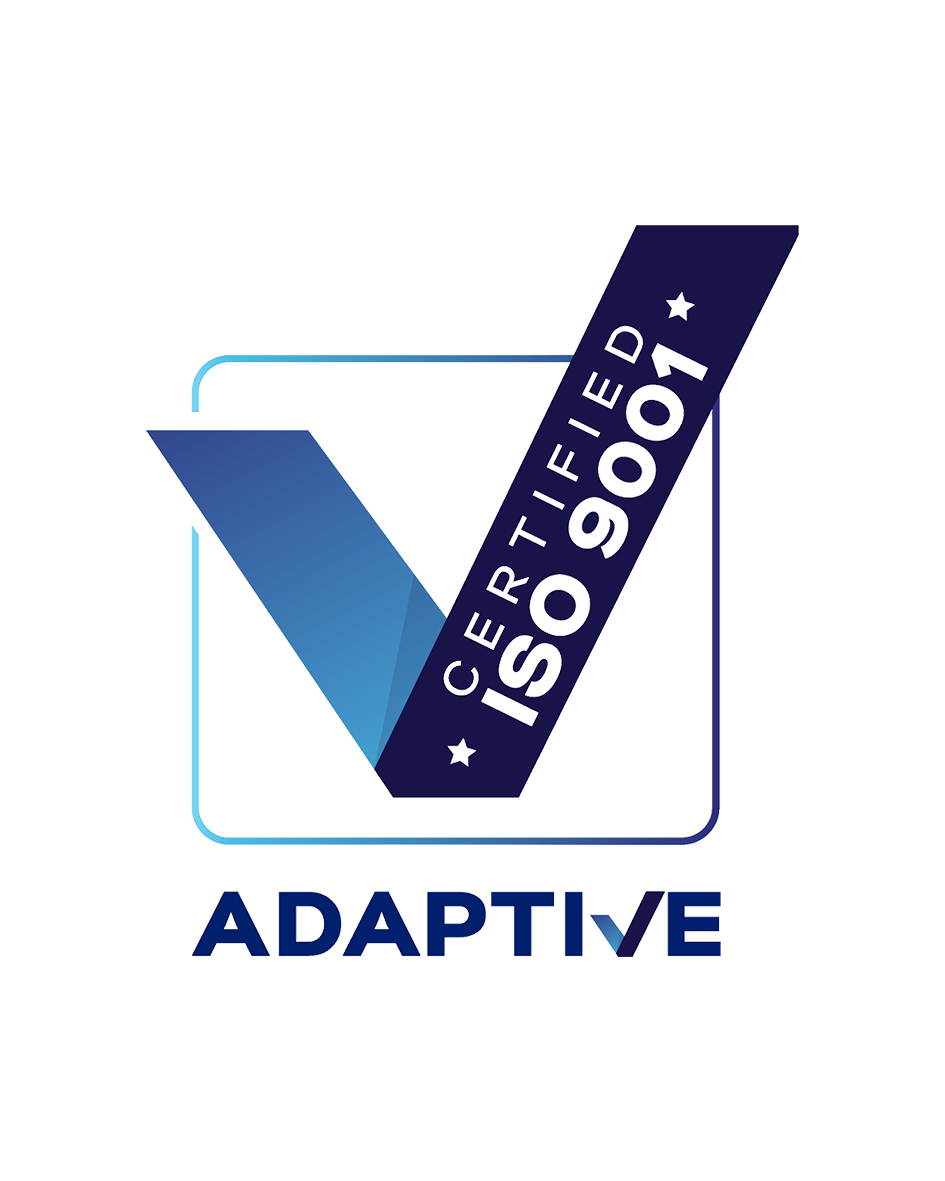For over three decades, Mainmark has been one of the leading providers of rehabilitation and maintenance services for culverts and other horizontal infrastructure across Australia and internationally. Roads & Infrastructure sits down with Tom Bailey, Infrastructure & Mining Manager, NSW/ACT – Mainmark, to learn more.
Although often overlooked by the general public, culverts are crucial in maintaining the efficiency and safety of critical infrastructure connections such as bridges, roads, and railways.
Typically constructed from concrete box sections, corrugated steel, or concrete pipes, culverts are engineered to manage stormwater runoff by controlling water flow beneath these vital transport corridors. Many also provide safe passage for wildlife. Their design and maintenance must adhere to stringent standards to protect waterways and ecosystems and the communities and infrastructure that rely on them.
Leaking pipes and culverts beneath roads can lead to significant damage, including the formation of potholes, cracks, and road settlement. As water erodes the subbase and subgrade materials, roads can develop uneven surfaces or even collapse, increasing the risk of dangerous driving conditions.
In more severe cases, erosion can create sinkholes, posing serious vehicle safety hazards. These issues compromise road safety and lead to costly repairs and disruptions. For railways, similar problems arise when erosion weakens the ground beneath tracks, potentially causing subsidence, track misalignment, and derailment risks.
In addition to direct road and railway damage, leaking culverts and pipes can disrupt utility lines that run alongside or beneath transport infrastructure, leading to service outages and further complicating repairs.
The cost of frequent maintenance and emergency repairs escalates as persistent leaks weaken these structures, reducing their lifespan. Proactive maintenance, such as utilising Teretek® resin injection, can prevent such issues, ensuring that roads, railways, and their surrounding infrastructure remain safe, functional, and long-lasting.
This is where Mainmark’s expertise comes into play. As specialists in ground engineering and asset preservation, Mainmark brings extensive experience and a proven track record in culvert maintenance and rehabilitation.
Tom Bailey, Infrastructure & Mining Manager NSW/ACT – Mainmark, says deteriorating culverts can negatively impact the integrity of surrounding infrastructure.
Teretek Resin Injection offers a fast, non-disruptive, and cost-effective solution for filling voids, re-levelling subsided structures, and improving ground stability. This technology, which has been tested and adopted by infrastructure authorities across Australia, is used to strengthen the areas around culverts and the supporting soils.
According to Bailey, injecting the resin into these areas helps fill voids, reinforce the ground, and prevent potential structural failures. Additionally, the weakened soils beneath roads can be treated, subsidence corrected, and road levels restored. The entire process can be conducted either from above, where access is limited, or from within the affected structure itself.
Mainmark’s team carefully assesses each situation, drilling a series of holes based on a predetermined injection sequence to ensure the material is applied to the most effective areas. The results are equally effective whether applied above ground or from within the structure.
Most projects can be completed in just a day or two, with very little operational interruption, allowing the community to quickly regain access to the crucial roadway with minimal disruption.
Since Teretek does not negatively affect groundwater, soil, or local wildlife, the work can be conducted without any impact on the surrounding environment.
Mainmark received a Good Design Award in the Engineering Design category for its innovative solution in repairing and future-proofing vital drainage culverts on the Toowoomba Bypass, a major Queensland infrastructure project aimed at improving freight connections and reducing local road congestion.































